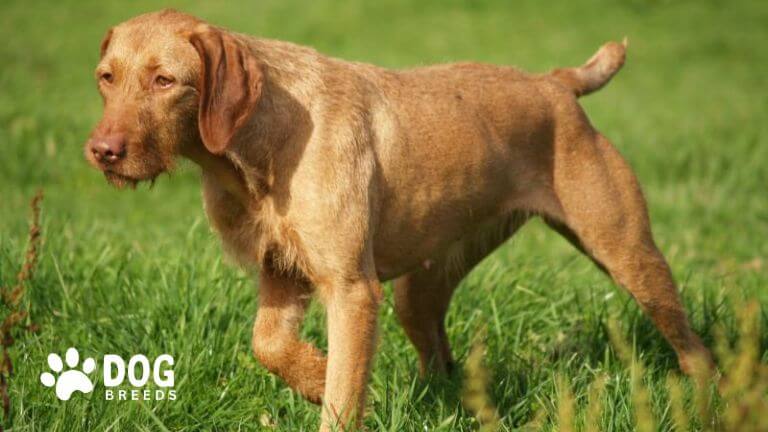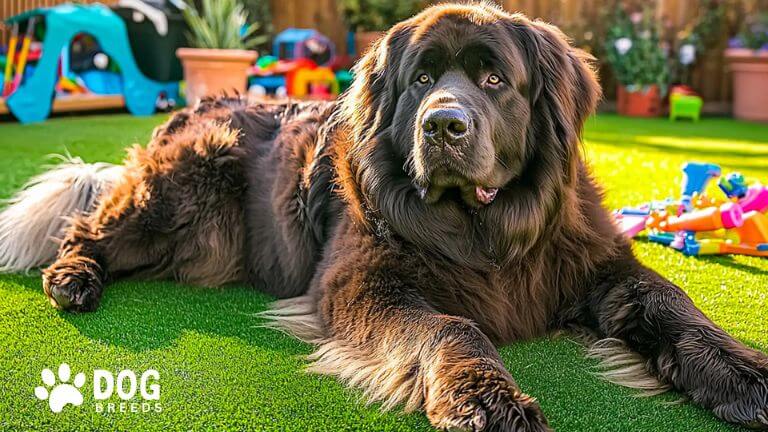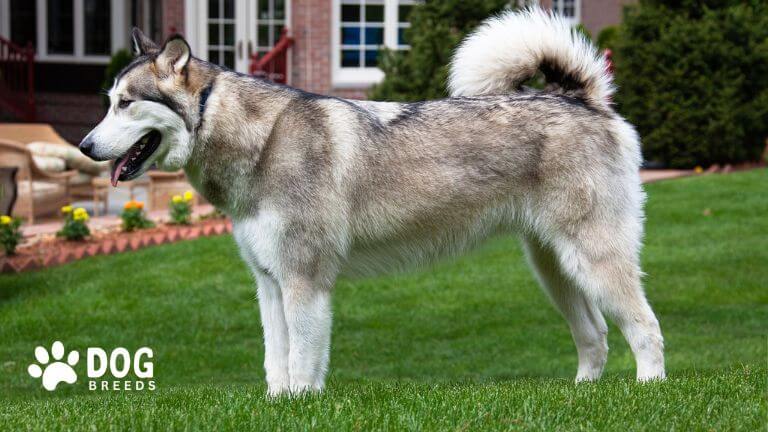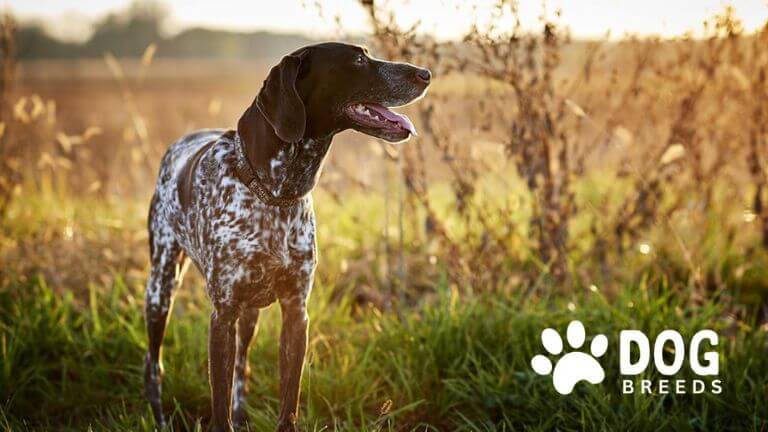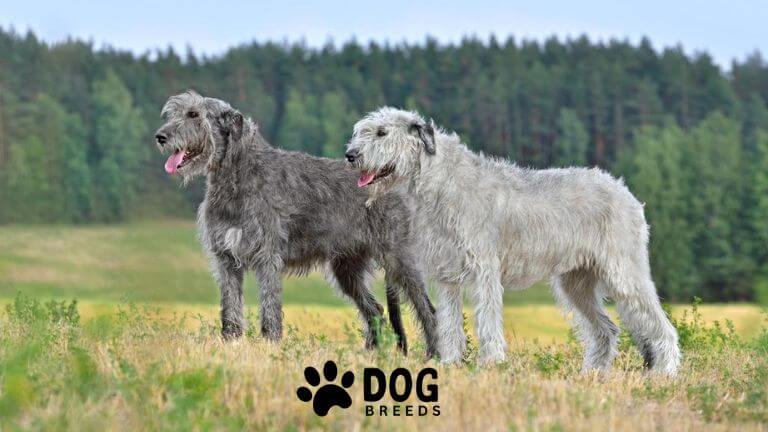Lhasa Apso Dog Breed: Traits, Care, and Grooming Tips
History of the Lhasa Apso
The Lhasa Apso is a breed originating from Tibet. Bred by Buddhist monks, these dogs served as guardians in monasteries and palaces. Their alert nature made them effective at protecting sacred spaces. They were also viewed as symbols of good fortune and were often gifted to honored visitors.
Physical Characteristics

- Size and Build: Lhasa Apsos are small dogs, typically weighing 12-18 pounds and standing about 10-11 inches tall at the shoulder.
- Coat: Their long, dense coat is often compared to that of a lion. Common colors include gold, white, black, and parti-color.
- Grooming Needs:
- Brush their coat daily to prevent tangles and matting.
- Bathe monthly with dog-friendly shampoo.
- Trim their hair around the eyes and paws to maintain hygiene.
Personality Traits
Lhasa Apsos are known for their unique mix of traits:
- Affectionate: They bond closely with family members and love companionship.
- Aloof: These dogs can be wary of strangers, making them excellent watchdogs.
- Independent: While intelligent, they can be stubborn, requiring patient training.
- Playful: They enjoy interactive games and social activities with their owners.
Care Requirements
Diet and Nutrition:
- Feed a balanced diet approved by the AAFCO for small breeds.
- Puppies require high-protein puppy food, while adults benefit from diets focused on dental health.
- Split meals into two portions daily to prevent overeating.
Exercise:
- Lhasa Apsos need moderate exercise. Short walks and playtime indoors are usually sufficient.
- Mental stimulation through puzzle toys or training sessions is essential for their active minds.
Training:
- Use positive reinforcement to encourage good behavior.
- Begin socialization early to reduce their natural aloofness around strangers.
- Be consistent and patient, as they may test boundaries.
Health Concerns
Lhasa Apsos are generally healthy but are prone to certain conditions:
- Eye Problems: Progressive retinal atrophy (PRA), cataracts, and glaucoma are common. Regular checkups with a veterinary ophthalmologist are recommended.
- Dental Issues: Small breeds like Lhasa Apsos often experience plaque buildup and gum disease. Brush their teeth daily and schedule routine cleanings.
- Patellar Luxation: This condition affects the kneecap, causing discomfort or mobility issues. Seek veterinary advice if limping or hopping is observed.
- Renal Dysplasia: This hereditary kidney issue can affect young dogs. Symptoms include excessive thirst and frequent urination.
Preventative care includes annual vet visits, vaccinations, and maintaining a healthy diet and exercise routine.
There are plenty of dog breeds to suit all kinds of lifestyles and homes. With a little research, you can find your next best friend!
Frequently Asked Questions
Are Lhasa Apsos good for families?
Yes, they are affectionate and enjoy being with their families. They do well in households with older children who understand how to interact with small dogs.
How often should I groom a Lhasa Apso?
Daily brushing and monthly baths are ideal to maintain their coat. Professional grooming every 6-8 weeks is also beneficial.
What is the lifespan of a Lhasa Apso?
Lhasa Apsos typically live 12-15 years with proper care.
Do Lhasa Apsos shed?
They are low-shedding dogs but require regular grooming to manage their long coats.
How much exercise does a Lhasa Apso need?
A daily 20-30 minute walk and some playtime at home are sufficient.
Responsible Pet Ownership
Lhasa Apsos make loyal and loving pets when cared for properly. Always research breeders or consider adoption from reputable shelters. Regular vet visits, proper grooming, and consistent training will ensure they thrive in your home.
Is a Lhasa Apso a good family dog?
Yes, Lhasa Apsos can be good family dogs, particularly for families with older children. They are affectionate, loyal, and protective, making them excellent companions. However, they may not be ideal for families with very young children as they prefer gentle interactions and can be wary of rough handling. Proper socialization and training from an early age can help them adapt well to family life.
What are the disadvantages of a Lhasa Apso?
While Lhasa Apsos are delightful pets, they come with some challenges:
- Stubbornness: Their independent nature can make training a bit difficult without consistent efforts.
- Grooming Needs: Their long, dense coat requires regular grooming to prevent matting and maintain cleanliness.
- Health Issues: They can be prone to conditions like progressive retinal atrophy, patellar luxation, and kidney problems.
Do Lhasa Apso dogs bark a lot?
Yes, Lhasa Apsos are known to bark frequently. They were historically bred as sentinel dogs, which means barking is instinctive for them when alerting their owners to potential intruders. Proper training and mental stimulation can help reduce excessive barking.
Is Lhasa Apso a lucky dog?
In Tibetan culture, Lhasa Apsos are considered symbols of good fortune and protection. They were often gifted as spiritual offerings, believed to bring luck and ward off evil spirits. This reputation continues to contribute to their charm as a breed.
- Why Are Dalmatians Not Popular? Uncovering the Truth Behind the Rarity of This Iconic Breed - April 16, 2025
- Top 15 Chinese Dog Breeds: Discover the Best Dogs from China - April 14, 2025
- Dalmatian Dog Breed: History, Care, Personality & Health - April 3, 2025


